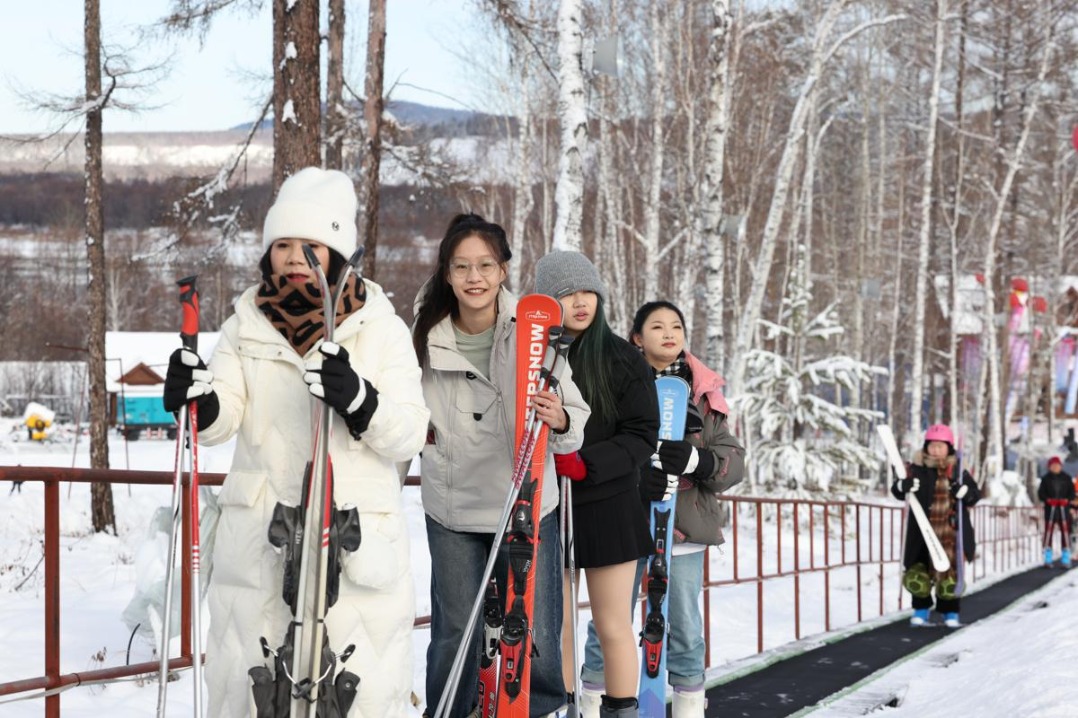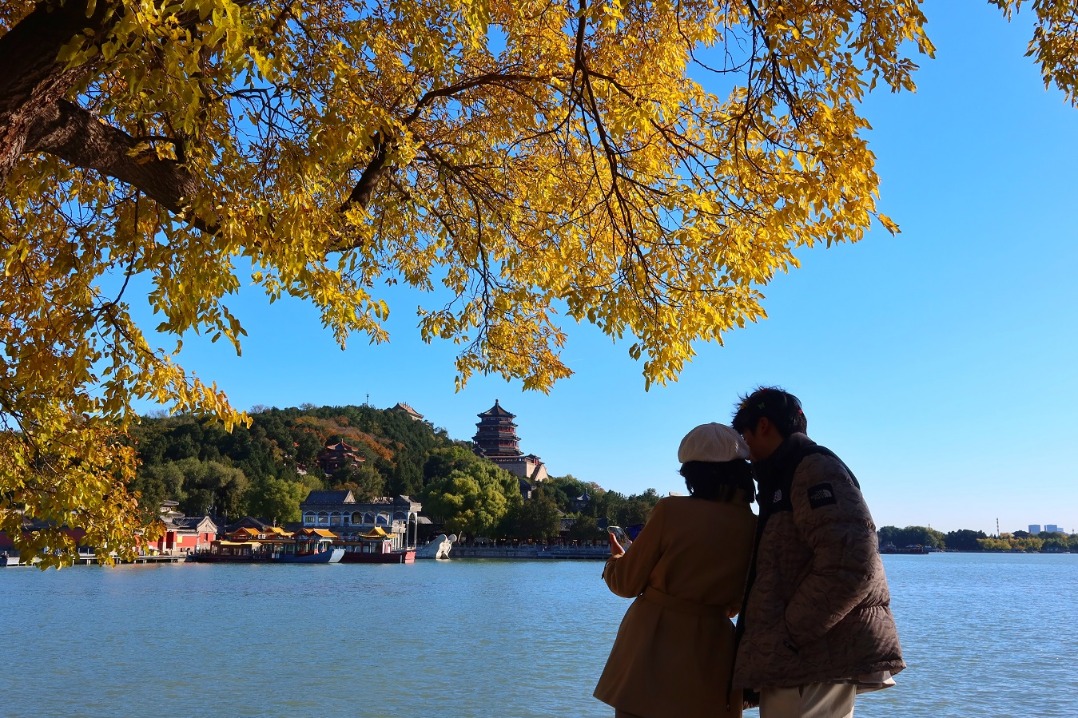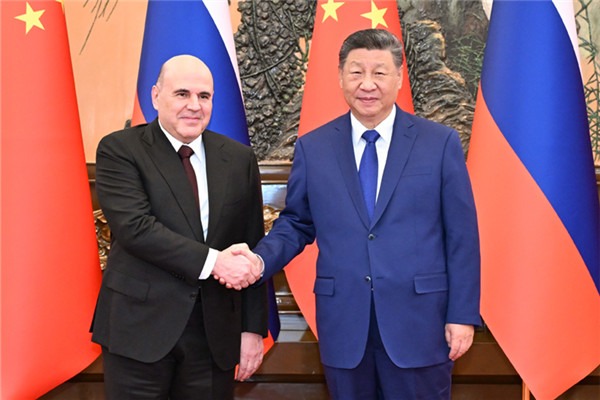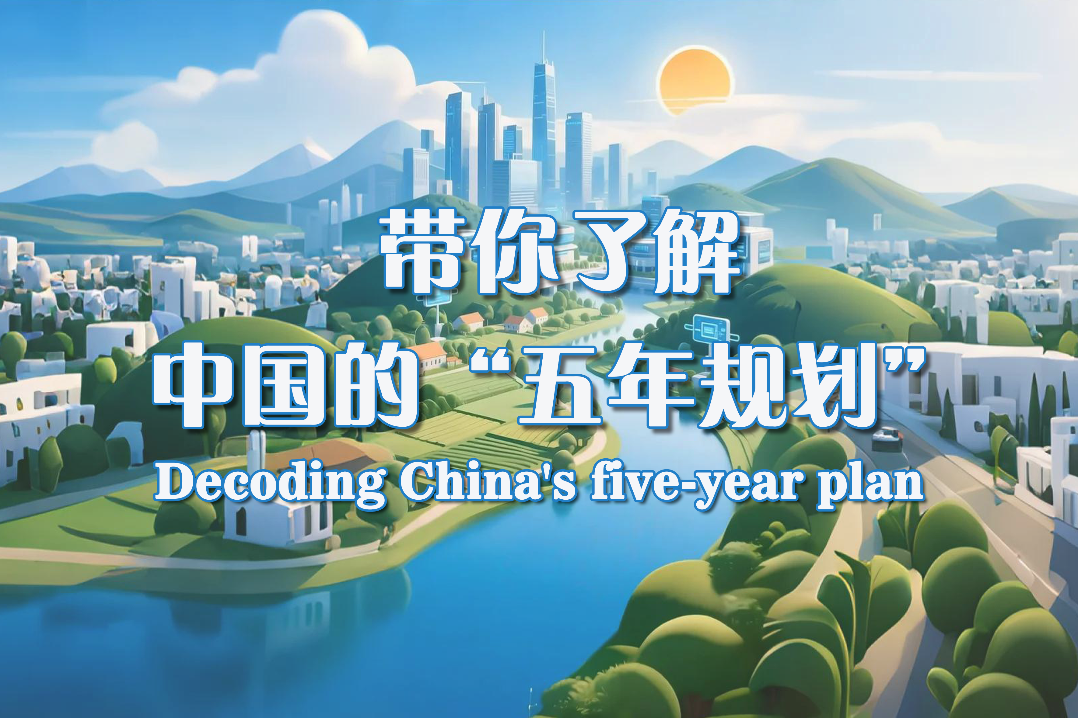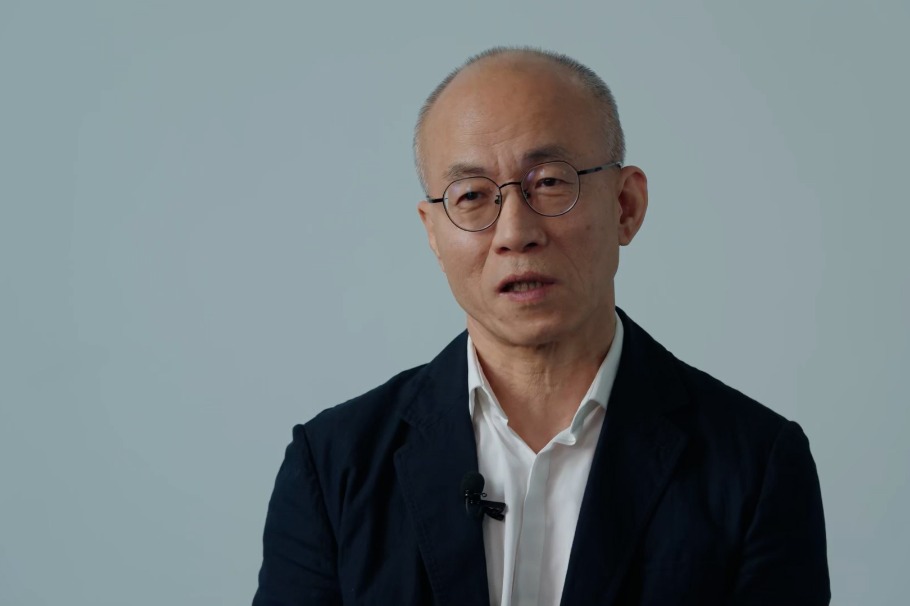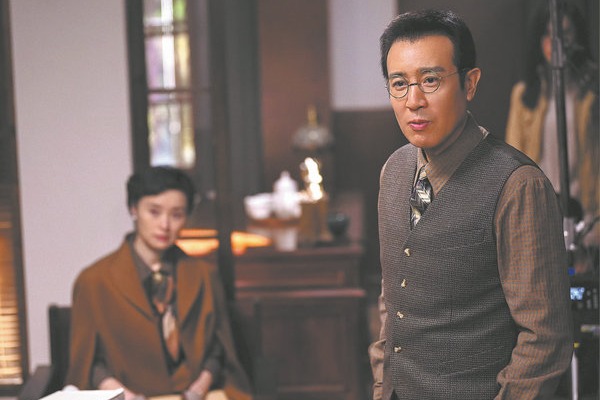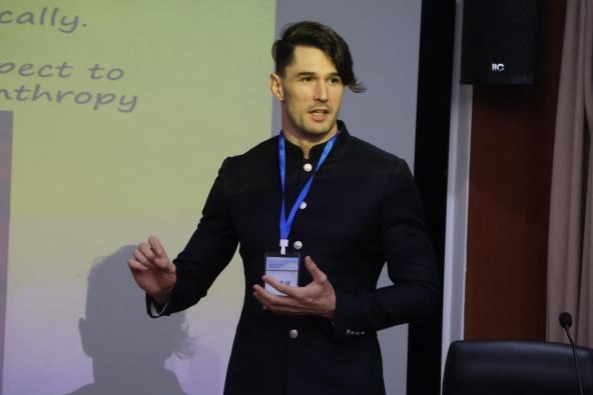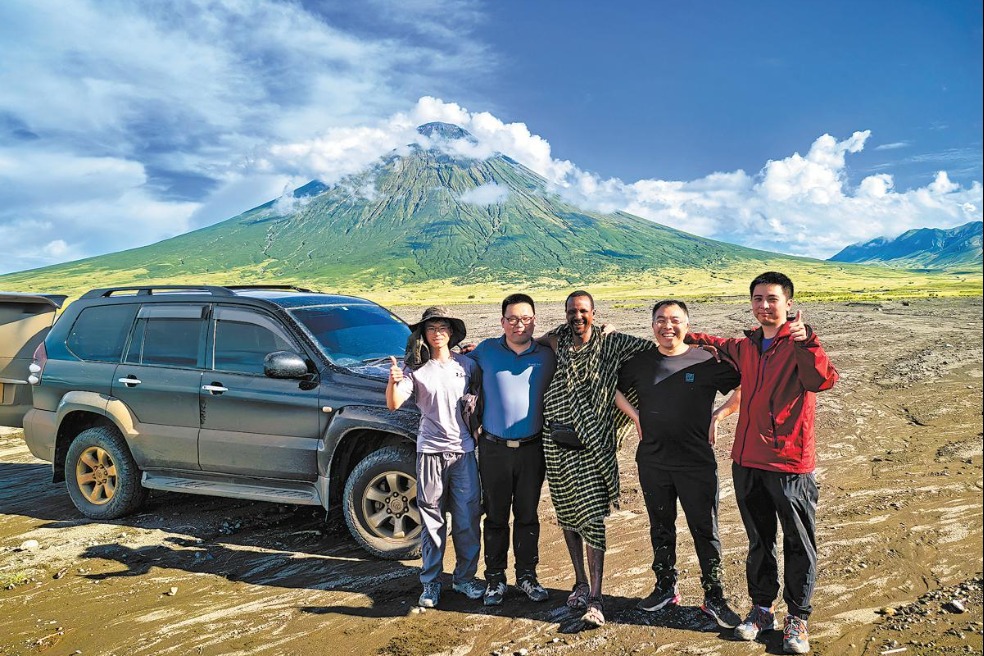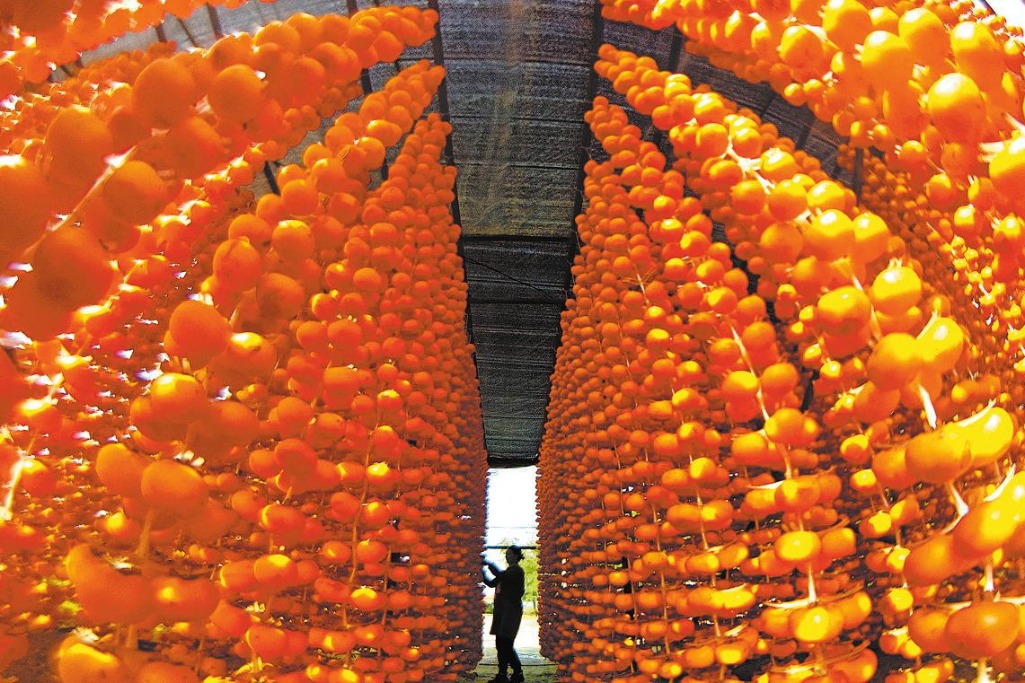Education blends with entertainment in Confucius' birthplace


Tsin Yuhei, a 19-year-old freshman from City University of Hong Kong, carefully pressed a piece of paper onto an inscribed stone tablet at the Confucius Research Institute in Qufu, a county-level city of Jining, Shandong province.
With practiced strokes, she dabbed ink over the surface, gradually revealing four Chinese characters which mean "choose the good and follow it".
"This phrase captures the essence of Confucian values," Tsin said, examining her imprint.
"It teaches us to root our actions in goodness, to do what's right, and to learn from virtuous people. Experiencing this ancient art form makes these lessons come alive, they are not just words in textbooks," she said.
Tsin is among a group of university students from Hong Kong on a weeklong study visit to Shandong during the summer vacation.
Since June, students of all ages, from wide-eyed primary schoolers to university students, have been flocking to this cradle of Chinese civilization, where Confucius was born over 2,500 years ago, to learn about Chinese culture. In early July, at the Ancient Architecture Museum behind the UNESCO-listed Kong Family Mansion, a group of Russian teenagers sat in focused silence, their paintbrushes tracing intricate patterns of the golden dragon and phoenix, both imperial decorative motifs from China's architectural heritage.
Under expert guidance, they progressed through meticulous steps including sketching outlines, mixing mineral pigments, and finally bringing the designs to life.
At the Lu State National Archaeological Site Park, the Russian students gathered around a demonstration of rammed-earth techniques.
As instructor Mao Fuwei explained how ancient builders created earthquake-resistant structures 3,000 years ago, his words were translated into Russian in real time.
"Many young visitors asked how these walls built 3,000 years ago stand sturdy and stable," Mao said, guiding students to compact soil with wooden rammers. "When I see their amazement at our ancestors' ingenuity, I feel tremendous cultural pride," he said.
Capitalizing on its rich heritage, Qufu has developed immersive programs blending education with entertainment.
"We've moved beyond passive sightseeing," said Kong Xiangsheng, director of the study tour program of Shandong Zhidao Culture and Tourism Development Co.
"Our archaeological exploration program allows students to experience the archaeological exploration process, while the Lu Ban Workshop teaches traditional woodworking — complete with miniature mortise-and-tenon joints for children to assemble," Kong said.
These innovations respond to meticulous market research. This year, Qufu officials conducted surveys with international tourists, held educational exchanges in Hong Kong, and met with major travel agencies. The findings prompted tailored offerings such as calligraphy master classes and Confucian banquet culinary tours where visitors learn the philosophy behind dishes.
Even previously overlooked sites have found new life. The museum of steles of the Han (206 BC-AD 220) and Wei (220-265) dynasties, once a quiet niche attraction, now draws crowds of Japanese and Korean calligraphy enthusiasts.
"These stone inscriptions are time capsules of Chinese script's evolution," said Xiu Xiaochun, director of Qufu Overseas International Travel Service Co.
In addition to traditional sites, the small town of Luyuan — known as the place where Confucius was born — has been transformed into an immersive open-air cultural zone where history breathes through interactive experiences.
At the town, visitors can participate in a wide range of activities including decoding millennia of aesthetics by trying on ancient Chinese attire and rolling bamboo slips to recreate the very medium that preserved Confucius' teachings.
To accommodate growing international interest, Qufu has upgraded its services, setting up currency exchange counters and providing multilingual audio guides.
In the first half of this year, visits of international tourists to Qufu saw a year-on-year increase of 26.8 percent, according to the city government.
Cao Nan contributed to this story.
zhaoruixue@chinadaily.com.cn
- LDC CEO: I see potential and opportunities in China
- Canton Fair closes with record global attendance, showcasing trade resilience
- Hainan surpasses Dubai resident's expectations
- US enterprise eyes deeper ties and strategic focus at CIIE
- Netherlands' firm Louis Dreyfus to introduce new products at CIIE
- CIIE to be fully powered by renewable energy


















